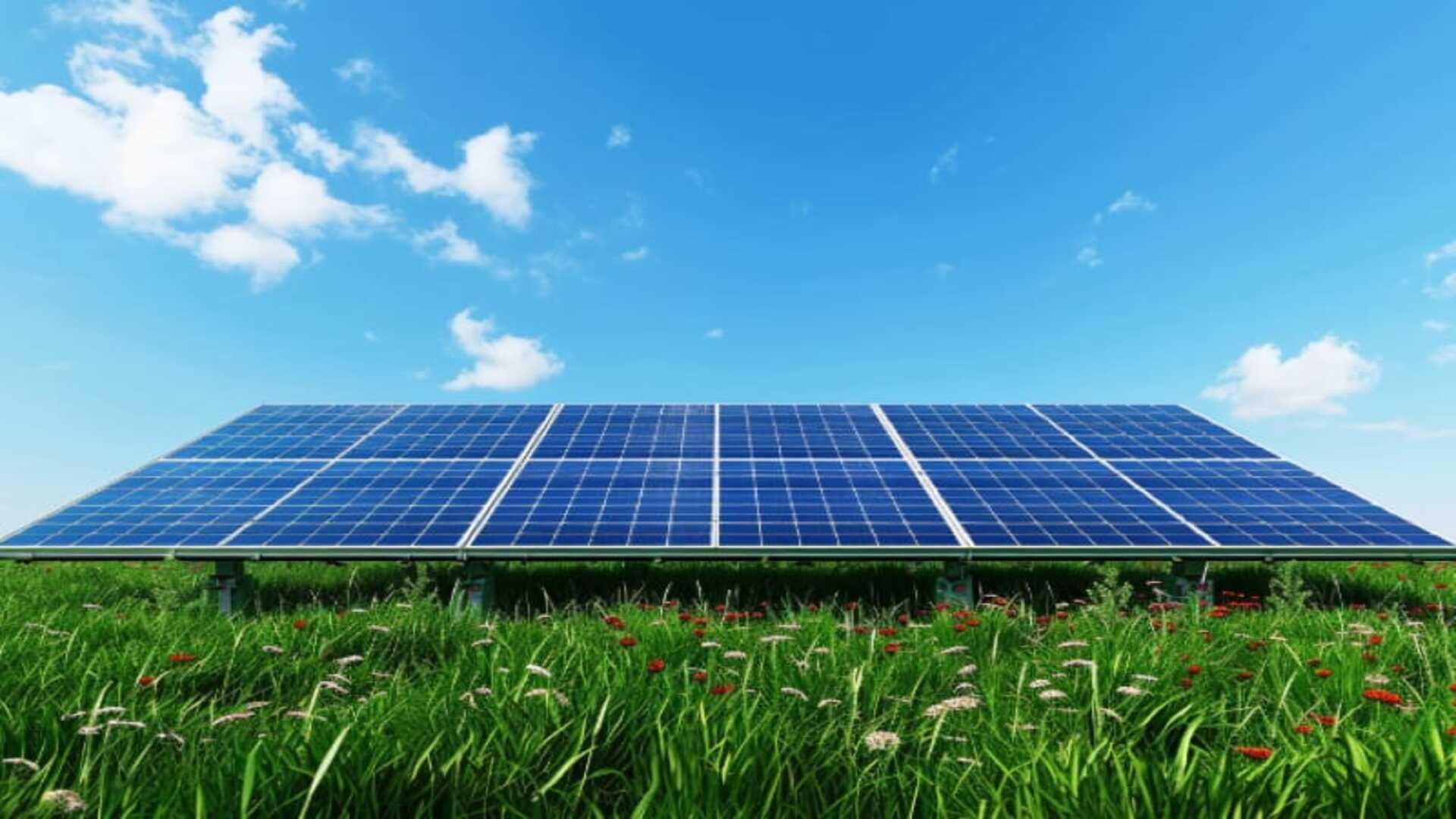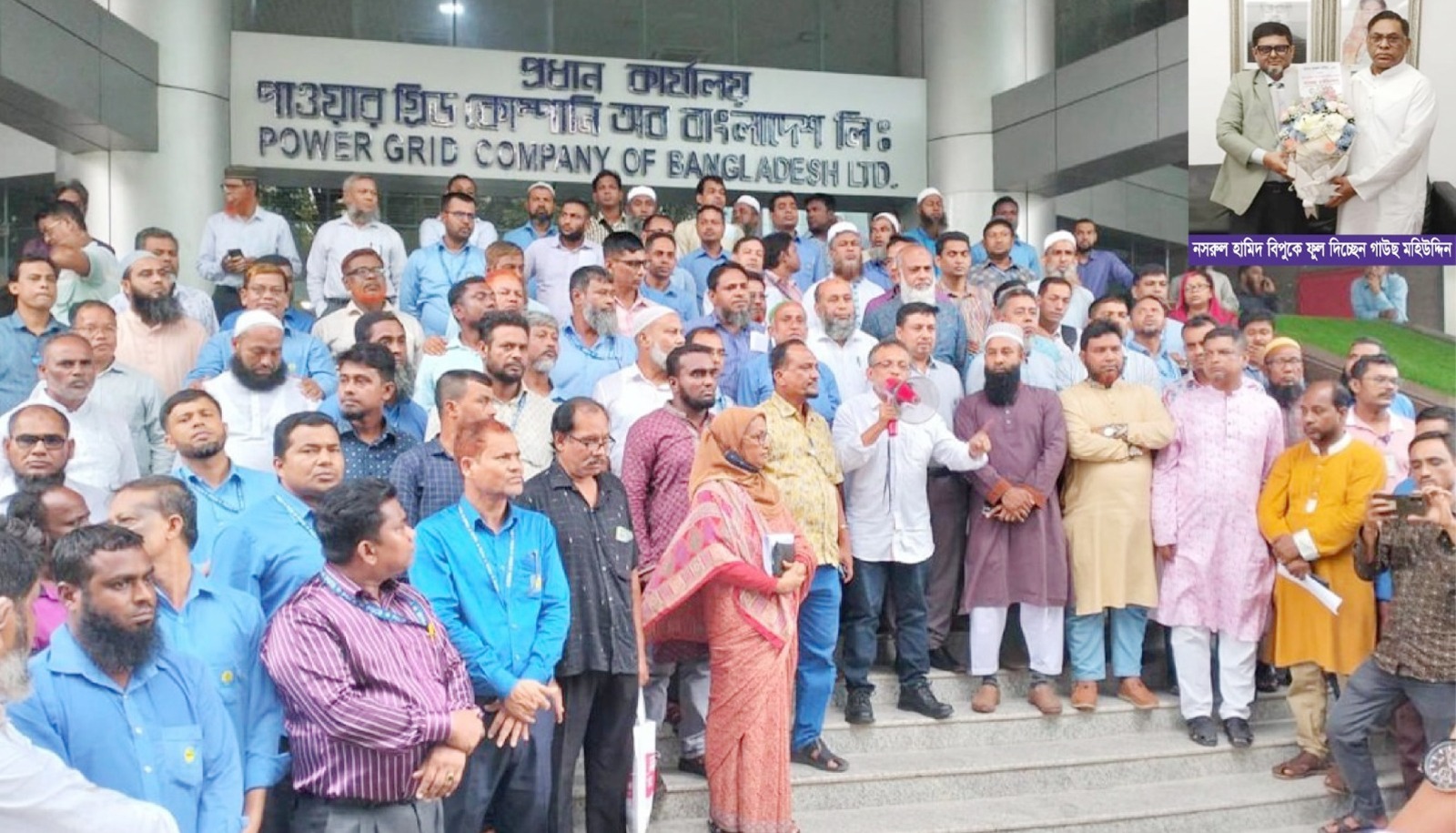
As the world continues to grapple with the environmental impacts of fossil fuel dependence, the importance of renewable energy sources has become paramount. Green energy, derived from natural sources like sunlight, wind, rain, and geothermal heat, presents a sustainable solution to the growing energy demands of our planet. Among the most prominent technologies in this field are solar panels and wind turbines. These innovations have transformed the energy landscape, offering environmentally friendly alternatives to conventional energy production methods. In this report, we will explore the latest advancements in solar panel and wind turbine technologies, their potential for large-scale implementation, and the challenges they face in achieving widespread adoption.
Solar Energy: Harnessing the Power of the Sun:
Solar energy, which converts sunlight into electricity, has emerged as one of the most accessible and scalable sources of renewable energy. The technology behind solar panels has rapidly evolved, making them more efficient, affordable, and versatile.
At the core of solar panels are photovoltaic (PV) cells, which capture sunlight and convert it into electrical energy. When sunlight strikes the PV cells, it excites electrons within the cell, creating a flow of electricity. This electricity can then be stored in batteries or transmitted to the electrical grid. Traditional solar panels have been made from silicon, but recent innovations have introduced new materials and designs that improve efficiency and lower costs.
Key Advancements in Solar Panel Technology:
1. Perovskite Solar Cells:
One of the most significant breakthroughs in solar energy technology is the development of perovskite solar cells. Perovskites are a class of materials that offer high efficiency in converting sunlight into electricity. Unlike traditional silicon cells, perovskite solar cells can be produced at lower temperatures, reducing manufacturing costs. They can also be made using flexible substrates, allowing for more versatile applications such as integration into building materials and wearables.
Perovskite cells have reached efficiencies of over 25% in laboratory settings, rivaling that of silicon cells. Researchers are now focusing on improving the durability and stability of these cells to make them viable for long-term use.
2. Bifacial Solar Panels:
Bifacial solar panels capture sunlight from both sides, increasing their overall energy output. These panels can be installed on surfaces where light is reflected, such as snowy or sandy areas, effectively utilizing reflected sunlight to generate additional power. Bifacial panels have been shown to produce up to 30% more energy compared to traditional monofacial panels.
3. Solar Skin Technology:
Aesthetic concerns have long been a barrier to the adoption of solar panels on residential rooftops. Solar skin technology addresses this issue by allowing solar panels to blend seamlessly with the appearance of traditional roofing materials. This innovation makes solar panels more attractive for homeowners who are concerned about the visual impact on their property.
4. Floating Solar Farms:
Floating solar farms, also known as “floatovoltaics,” are solar power systems installed on bodies of water such as lakes, reservoirs, and oceans. These floating systems have several advantages over land-based solar farms, including reduced land use, increased energy efficiency due to the cooling effect of water, and reduced evaporation of water in reservoirs. Countries like China, Japan, and India have already implemented large-scale floating solar projects, demonstrating the potential for this technology.
5. Energy Storage Systems:
One of the key challenges of solar energy is its intermittency—solar power is only available during the day, and its output can vary depending on weather conditions. To address this issue, advancements in energy storage systems, such as lithium-ion batteries, have enabled the efficient storage of solar energy for use during nighttime or cloudy days. Moreover, researchers are developing new types of batteries, such as solid-state and flow batteries, which offer greater energy density and longer lifespans.
Wind Energy: Capturing the Power of the Wind:
Wind energy is another key player in the renewable energy revolution. Wind turbines harness the kinetic energy of the wind and convert it into mechanical power, which is then transformed into electricity. Wind power has experienced tremendous growth in recent years, and technological advancements are continuing to improve its efficiency and cost-effectiveness.
How Wind Turbines Work:
Wind turbines consist of large blades attached to a rotor, which is connected to a generator. As wind blows over the blades, it causes them to rotate, driving the generator to produce electricity. Wind turbines can be installed on land (onshore) or in bodies of water (offshore), with each installation type offering unique advantages and challenges.
Key Advancements in Wind Turbine Technology:
1. Offshore Wind Turbines:
Offshore wind farms have gained popularity due to the availability of stronger and more consistent winds over the ocean. These wind farms can be much larger than onshore installations and are often located far from populated areas, reducing concerns about noise and visual impact. Recent technological advancements have led to the development of floating offshore wind turbines, which can be installed in deeper waters where traditional fixed turbines are not feasible.
2. Vertical Axis Wind Turbines (VAWTs):
Traditional wind turbines feature a horizontal axis, with blades rotating around a horizontal rotor. However, vertical axis wind turbines (VAWTs) offer a promising alternative, particularly in urban environments. VAWTs have blades that rotate around a vertical axis, allowing them to capture wind from any direction. This makes them more suitable for areas with turbulent or variable wind patterns, such as cities. VAWTs are also smaller and quieter than traditional turbines, making them ideal for residential or small-scale applications.
3. Smart Wind Turbines:
The integration of smart technology into wind turbines is another exciting development. Sensors and artificial intelligence (AI) can be used to monitor wind conditions, predict maintenance needs, and optimize turbine performance. For example, AI algorithms can adjust the angle of turbine blades in real-time to maximize energy output based on changing wind speeds and directions. Additionally, predictive maintenance systems can detect potential issues before they cause turbine failure, reducing downtime and maintenance costs.
4. Larger Turbines for Increased Efficiency:
Wind turbine manufacturers are continually increasing the size of turbines to capture more wind and generate more electricity. Modern wind turbines can have blades that span over 100 meters in length, with the tallest turbines standing at over 250 meters. These larger turbines are capable of generating significantly more power than their smaller counterparts, making wind energy more competitive with traditional energy sources.
5. Wind Energy Storage Solutions:
Like solar energy, wind energy is intermittent, and its availability depends on weather conditions. To overcome this limitation, researchers are developing innovative energy storage solutions for wind power. For example, compressed air energy storage (CAES) systems can store excess wind energy by compressing air and releasing it to drive a turbine when wind speeds are low. Other solutions include advanced battery storage systems and hydrogen production, where wind energy is used to produce hydrogen, which can be stored and later converted back into electricity.
Challenges and Opportunities for Solar and Wind Energy:
While solar and wind energy technologies have made significant progress, several challenges remain that must be addressed to achieve widespread adoption and integration into global energy systems.
Challenges:
1. Intermittency and Energy Storage:
One of the biggest challenges facing both solar and wind energy is their intermittent nature. Solar energy is only available during daylight hours, and wind energy depends on wind speeds, which can be unpredictable. While advancements in energy storage technology have made it possible to store energy for later use, the high cost and limited capacity of current storage systems remain a barrier to large-scale deployment.
2. Land Use and Environmental Impact:
Both solar and wind farms require large areas of land or water for installation. In some cases, this can lead to conflicts with other land uses, such as agriculture or conservation. Additionally, wind turbines can have negative impacts on local wildlife, particularly birds and bats. However, new designs and careful site selection can mitigate some of these environmental concerns.
3. Grid Integration:
As the share of solar and wind energy in the electricity grid increases, there are growing concerns about how to integrate these variable sources of power into the grid. Existing electrical grids were designed to handle steady, predictable power from fossil fuel plants, and they may struggle to accommodate the fluctuations in output from renewable energy sources. Upgrading grid infrastructure and developing smart grid technologies are essential to ensuring the smooth integration of solar and wind power.
Opportunities:-
1. Cost Reductions:
The cost of solar and wind energy has been steadily decreasing, making them more competitive with fossil fuels. Continued innovation and economies of scale are expected to drive further cost reductions, especially as more countries and companies invest in renewable energy technologies.
2. Job Creation and Economic Growth:
The renewable energy sector has the potential to create millions of jobs worldwide, from manufacturing and installation to maintenance and research. As governments and businesses increasingly prioritize green energy, the sector is poised to become a major driver of economic growth in the coming decades.
3. Energy Independence and Security:
By investing in domestic solar and wind energy, countries can reduce their dependence on imported fossil fuels and enhance their energy security. This is particularly important for countries that are vulnerable to fluctuations in global oil and gas prices or that face geopolitical risks related to energy imports.
4. Decentralized Energy Systems:
Solar panels and small wind turbines can be installed at the local or individual level, enabling decentralized energy production. This can reduce transmission losses, provide electricity to remote areas, and empower individuals and communities to generate their own clean energy.
The rapid advancements in solar panel and wind turbine technologies represent a significant step forward in the global transition to renewable energy. Innovations such as perovskite solar cells, bifacial panels, floating solar farms, offshore wind turbines, and smart technology are making green energy more efficient, affordable, and accessible. While challenges remain, such as intermittency, land use, and grid integration, the potential for solar and wind energy to play a central role in the global energy system is undeniable. With ongoing research, technological innovation, and policy support, solar and wind energy have the potential to become the dominant sources of electricity in the near future.
The continued development of energy storage systems, such as advanced batteries, hydrogen storage, and compressed air, will be crucial to overcoming the challenges of intermittency and ensuring a stable, reliable energy supply. Additionally, as grid infrastructure evolves to accommodate the fluctuating nature of renewable energy sources, we will see a more seamless integration of solar and wind into national and regional energy grids.
Furthermore, as renewable energy becomes more cost-effective, it will drive increased adoption not only in developed countries but also in developing nations, where access to electricity is often limited. Solar panels and small-scale wind turbines offer a decentralized solution that can provide power to off-grid communities, helping to reduce poverty and improve living conditions.
Countries around the world are already recognizing the importance of these technologies, and many are implementing ambitious renewable energy targets. Governments, private companies, and international organizations are investing heavily in the research and deployment of solar and wind technologies, accelerating the global shift towards a greener, more sustainable future.
Government policies and international collaborations will play a critical role in promoting the adoption of solar and wind technologies. Policies that encourage the development of renewable energy projects through subsidies, tax incentives, and feed-in tariffs can help to make solar and wind energy more competitive with fossil fuels. Additionally, regulations that limit greenhouse gas emissions and carbon pricing can create economic incentives for businesses and consumers to switch to renewable energy.
International collaboration is also essential for advancing green energy technologies. By sharing research, best practices, and resources, countries can collectively accelerate the transition to renewable energy. Initiatives such as the Paris Agreement, which aims to limit global temperature rise to well below 2°C above pre-industrial levels, underscore the importance of global cooperation in tackling climate change and promoting sustainable energy solutions.
Moreover, the creation of global renewable energy standards and certification processes will ensure that solar and wind technologies are deployed responsibly and with minimal environmental impact. This will foster trust in these technologies, further boosting their adoption worldwide.
Looking to the future, the potential for solar and wind energy to transform the global energy landscape is vast. As innovation continues, solar panels and wind turbines will become even more efficient, affordable, and versatile. The integration of renewable energy into everyday life—such as solar panels on cars, wind turbines incorporated into urban infrastructure, and solar-powered appliances—will help reduce our reliance on fossil fuels.
The development of next-generation solar technologies, such as organic solar cells and quantum dot solar cells, holds promise for even higher efficiency and greater flexibility. These emerging technologies could be used in a wide range of applications, from wearable electronics to large-scale solar farms.
Wind energy, too, is poised for further growth. The expansion of offshore wind farms, particularly floating wind turbines, will allow for the harnessing of wind power in deep ocean waters, where wind speeds are consistently higher. Moreover, the use of AI and machine learning to optimize wind turbine performance and maintenance will improve efficiency and reduce costs.
Ultimately, the shift to solar and wind energy is not just an environmental imperative but also an economic opportunity. The renewable energy industry has the potential to drive significant economic growth, create millions of jobs, and promote energy independence for countries around the world.
The innovations in solar panel and wind turbine technologies are revolutionizing the energy sector. With continued advancements in efficiency, cost reduction, and scalability, solar and wind energy are becoming increasingly viable as the primary sources of global energy. Governments, businesses, and individuals must continue to invest in and support these technologies to accelerate the transition to a low-carbon, sustainable energy future.
While challenges such as intermittency, grid integration, and environmental impacts remain, the solutions being developed today promise to overcome these obstacles and unlock the full potential of renewable energy. Solar and wind energy are not only key to reducing greenhouse gas emissions and combating climate change, but they also offer a path to a cleaner, more resilient, and prosperous world.
As the world moves towards the ambitious goal of carbon neutrality by mid-century, the role of solar panels and wind turbines will only grow. The ongoing research, development, and deployment of these technologies will shape the future of energy production and consumption, paving the way for a sustainable and energy-secure planet for generations to come.

 Md. Anas Ebna Arfin (Nibir)
Md. Anas Ebna Arfin (Nibir) 
























